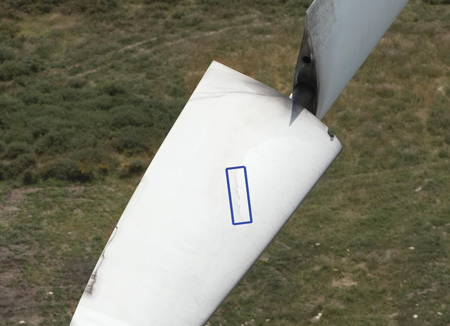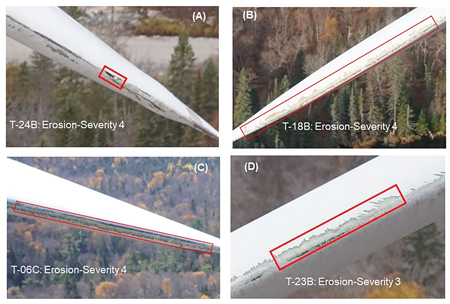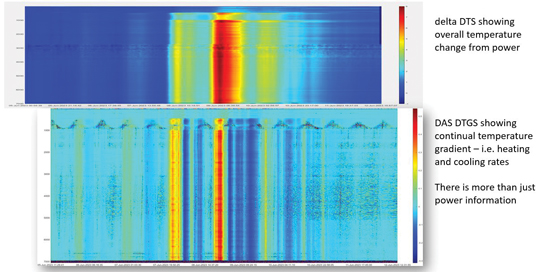- Category: Articles
Using Drone Data to Calculate Blade Erosion AEP Loss

It is well-known that blade surface degradation, especially leading-edge erosion, leads to increased risk for turbine operators. The operational risk consists of structural and aerodynamic components, and both should be considered when planning the most effective site-specific operations and maintenance strategy.
By Nicholas Gaudern, Chief Technology Officer, PowerCurve, Denmark
- Category: Articles
 Ensuring Precise Detection and Planning When Severe Weather Strikes
Ensuring Precise Detection and Planning When Severe Weather Strikes- Category: Articles
 AI-Assisted Blade Experts Achieve Best Damage Detection Performance
AI-Assisted Blade Experts Achieve Best Damage Detection Performance- Category: Articles
 Analysing the Correlation Between Blade Noise and Erosion Severity
Analysing the Correlation Between Blade Noise and Erosion Severity- Category: Articles

- Category: Articles
 Challenges in Offshore Renewables
Challenges in Offshore Renewables- Category: Articles

Windtech International wants to make your visit to our website as pleasant as possible. That is why we place cookies on your computer that remember your preferences. With anonymous information about your site use you also help us to improve the website. Of course we will ask for your permission first. Click Accept to use all functions of the Windtech International website.










